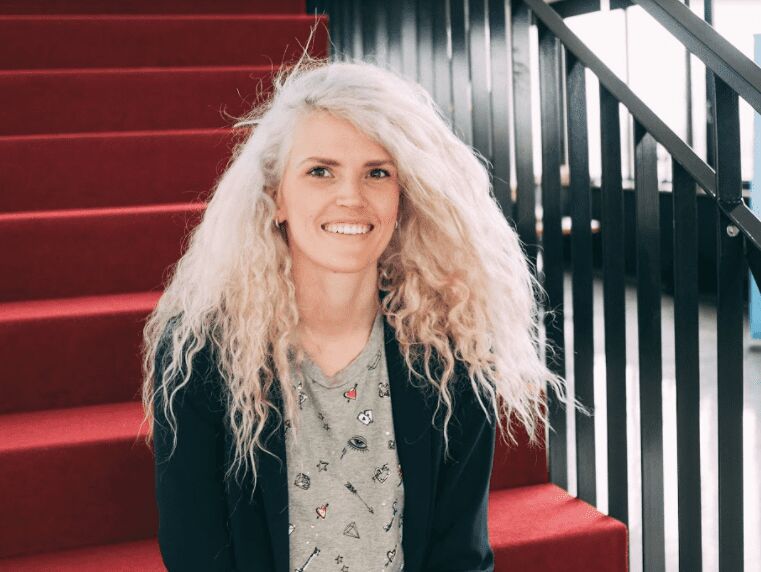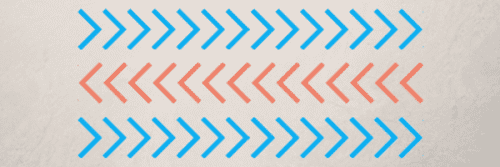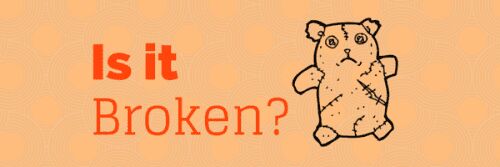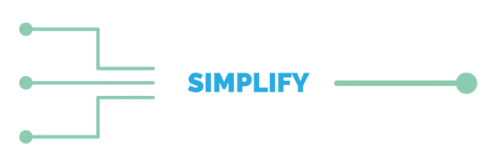6 Questions You Absolutely Need to Ask About Your App

Sounds simple enough. While any founder will agree with this motto, many will find it difficult to actually materialize it.
However if you tackle your execution with a plan, it can become very achievable.
Whether you’ve already built great products or are looking to learn, these are some questions you should be asking yourself when designing mobile or web apps.
1. What does the app want me to do?
The answer to this question should be simple but also detailed. If you have an answer like “use the app” then you haven’t defined what the value of your/their app is. If your answer is longer than one sentence, then the app might have too many features.
Here are a few ideal answers:
Once you have a few down, you’ll have a better idea on what triggers you to take these actions.
2. Why am I doing this?
If you stop reading this blog here, the one thing I’d like for you to take away is to ask yourself that very question. That question is by far the most important question you can ask.
If there isn’t a clear response from yourself on every action you take then you either need to remove the feature or make the benefit clearer.
Here are a few answers I have had:

Your users should be motivated to use certain features of your app. Once you identify the your users motivations, remove as many steps as you can to make it as easy as possible for them to get the job done. It should be as frictionless as possible.
If your users can immediately give a succinct answer then you’re in a good position. This is a very strong sign of a well made feature.
Can your users answer this for your app?
3. How did I get here?

Take out a pen and paper or setup a video camera recorder and write down every page of the app you end up visiting in your session.
It’s pretty awkward at first keeping track of yourself without it affecting how you normally use the app, but it’s for your own good to be as authentic as possible. The trick to getting used to this is doing it little by little.
If you’re recording yourself with pen and paper, first write down what prompted you to open the app, the first screen you land on, then the last screen of your session and why you left the app. As you become more comfortable with that, add in the screen that made you change your thought process (i.e. going from main picture feed to notification page).
When you watch over the recordings you’ll quickly notice patterns you take to traverse throughout the app. If it’s a well designed app you’ll find yourself using the app without any significant problems or frustrations.
It is useful to see how you use the app, but what if you want to watch other users use your app?
Well fortunately there is a wonderful tool for that called Appsee. This incredibly powerful tool records user sessions of people using your app. It will also give you analytics showing what screen was visited the most and which screen has the highest quit rate.
The value of watching yourself and others use your app is being able to identify fluid UI patterns. An example of a bad one would be any case where you have to hit the back arrow button more than one time to access the main feed or home button.
Write down the patterns and UIs you like. Then you can draw influence from them as you start to implement different design patterns into your own.
I have spent well over 200 hours watching recordings. It’s that important.
4. What sucks about this?

Every app has flaws. Do the actions you take return the response you thought it would? Does it crash often? Is a button a little bit too far out of reach?
For the well established apps, there are usually minor flaws that bother you a little bit but you just forget about it. Well stop that. From now on, write it down.
To give you an example, a big problem I have with many apps at the moment is the lack of design oriented towards larger screens. Now that the iPhone 6 has come out, apps with top bar oriented keyboard actions have become harder to reach. The only app I’ve seen do a good job of this is Inbox by Google.
In their app they put the compose button at the bottom as opposed to the top right like most other e-mail apps. This is incredibly efficient because if the user is using their phone with one hand, they no longer have to shift the phone up or down to type. Simply press it and immediately start typing.
Doing this has the following benefits:
- This removes a step in the process of sending an e-mail, which would be a critical KPI in measuring the success of an e-mail app.
- This allows for a lot more space on the navbar to put other critical elements or to be left completely empty for simplicity.
- Regardless of the screen size, it is as easily accessible for someone with a small screen or a large screen.
I’m sure this sounds incredibly trivial. I mean, it only takes away a second or two of the process. However when it comes to creating something people love, those few seconds could be a barrier. After all, if Amazon took an additional second to load, they would lose 1.6 billion dollars a year.
So be critical.
5. How can this be improved?

What would you do to make it better? Unless you actively practice how to answer this question, you’ll never develop a stronger product sense.
Sometimes the answer could be to just remove an inconveniently placed home button, or it could end up being a complete redesign of how you would navigate the app.
Using the Music app on the iPhone has been a frustrating experience for me. Whenever I want to change to the next song while I’m driving I have to take four steps:
I. Take my eyes off the road
II. Look at my iPhone
III. Look for the next button
IV. Press the next button
I suggested to myself it would be a lot more convenient to just be able to swipe left anywhere on the phone to change the song.
This interaction would greatly reduce the steps required to change the song. What was four steps now becomes:
I. Swipe screen to the left
Spotify implemented this design, and it works wonderfully. On top of its already great product, this design feature is a big reason why I continue to be a paying user.
6. Who am I doing this for?

If you have at least 10 users who love your product, start off by talking with them and learning everything you can.
Create an avatar of your users. Creating a product is like having a delicate conversation. Everything you say/create has to be relevant to the person on the other end.
When you create an avatar of your ideal user, you create the person on the other end.
Unless you can identify who you’re making your product for with incredible detail, you will end up creating a product targeted towards everyone.
Create a product for everyone, you will effectively capture the hearts of no one.
I would love to hear what some of the questions you ask yourself are. Or better yet, tell me some of the great product experiences you’ve had in the comments!